Cosmic twist: Ursa Major III is hiding a black hole core, and not dark matter.
A study has found evidence suggesting that Ursa Major III is actually a compact star cluster containing a black hole core.
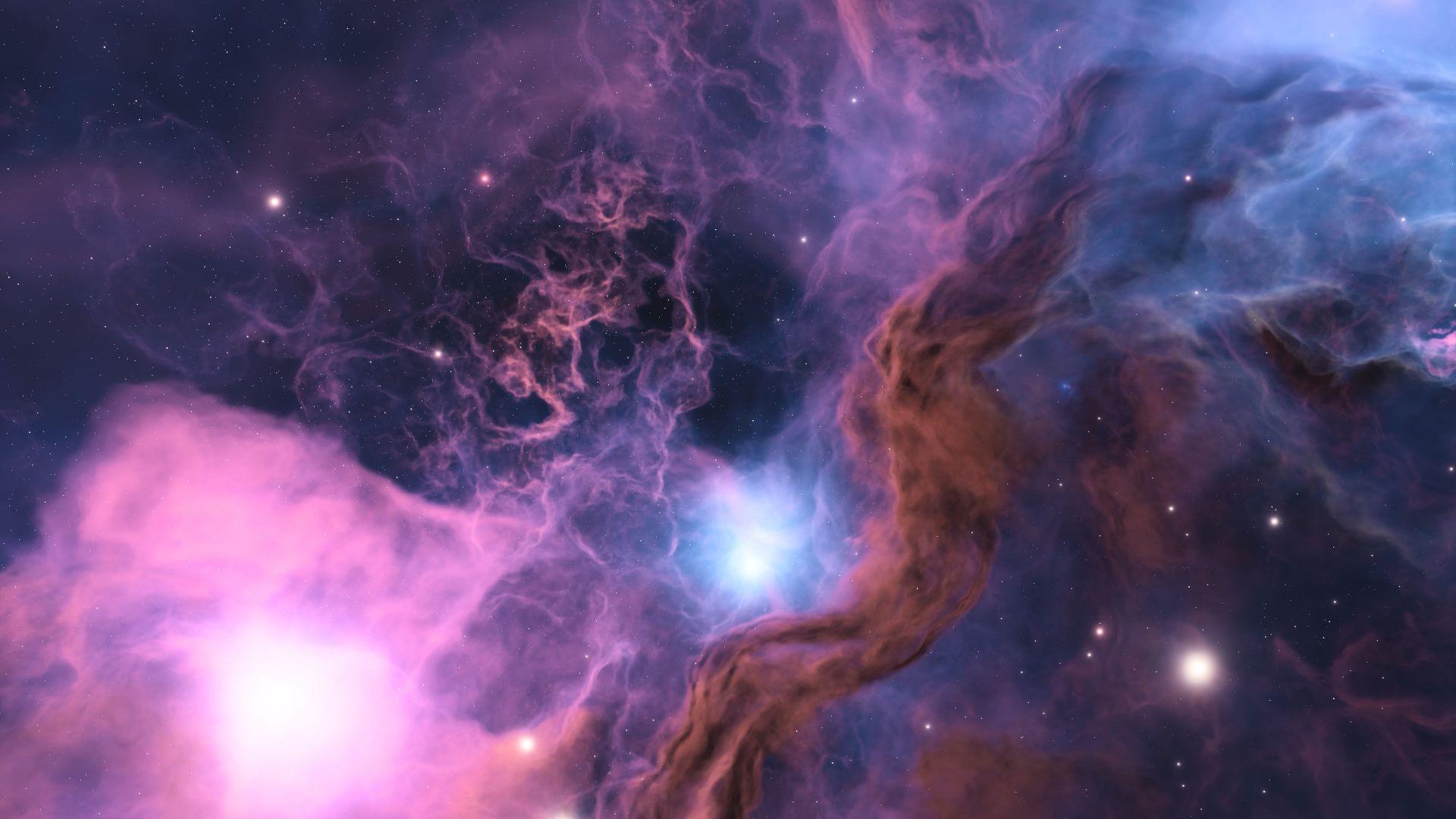

Terra Quantum has published a groundbreaking advance in quantum error correction that redefines how we scale quantum computing. In the peer-reviewed paper “QMM-Enhanced Error Correction: Demonstrating Reversible Imprinting and Retrieval for Robust Quantum Computation”, Terra Quantum scientists present QMM-Enhanced Error Correction, a hardware-validated, measurement-free method for suppressing quantum errors, based on principles derived initially from quantum gravity.
At the heart of this innovation is the Quantum Memory Matrix (QMM), a cosmology-inspired concept that models space-time as a lattice of finite-dimensional memory cells. Terra Quantum has now translated this deep theoretical idea into a functional quantum circuit. Validated on IBM’s superconducting processors, the QMM layer functions as a lightweight, unitary “booster” that enhances fidelity without mid-circuit measurements or added two-qubit gates, offering a powerful alternative to traditional surface codes.
“We have taken a concept rooted in quantum gravity and made it plug-and-play for today’s quantum processors,” said Florian Neukart, Chief Product Officer at Terra Quantum. “QMM-enhanced error correction works out of the box on existing hardware, requires no architectural changes, and delivers measurable gains. For industries building quantum solutions now, not in 10 years. This is a game-changer.
Terra Quantum has introduced QMM-Enhanced Error Correction, a hardware-validated, measurement-free method that suppresses quantum errors.
A groundbreaking new study suggests that dark matter, one of the universe’s biggest mysteries, could be the result of a parallel universe. Researchers argue that the unseen, gravitationally interacting matter might be the interaction between our universe and another, previously undetected one. The study explores how this hypothesis could explain the effects of dark matter that have been observed in galaxies and cosmic structures. The idea challenges the current understanding of physics and opens new avenues for research into the nature of reality. This revelation could transform our approach to cosmology, potentially leading to a deeper understanding of the universe and its fundamental forces. The implications of such a discovery could revolutionize how we perceive space, time, and matter.
#science #space #wionpodcast.
About Channel:
WION The World is One News examines global issues with in-depth analysis. We provide much more than the news of the day. Our aim is to empower people to explore their world. With our Global headquarters in New Delhi, we bring you news on the hour, by the hour. We deliver information that is not biased. We are journalists who are neutral to the core and non-partisan when it comes to world politics. People are tired of biased reportage and we stand for a globalized united world. So for us, the World is truly One.
Please keep discussions on this channel clean and respectful and refrain from using racist or sexist slurs and personal insults.
Check out our website: http://www.wionews.com.
🌏 Get NordVPN 2Y plan + 4 months extra here ➼ https://NordVPN.com/sabine It’s risk-free with Nord’s 30-day money-back guarantee! ✌
According to a growing body of data, dark energy is not constant. Instead, physicists claim, it’s slowly getting weaker. This has understandably shaken our understanding of the universe – this week, physicists show that the new data is compatible with string theory, and that the universe will eventually collapse. Let’s take a look.
Paper: https://arxiv.org/abs/2506.
This video comes with a quiz which you can take here: https://quizwithit.com/start_thequiz/.… Check out my new quiz app ➜ http://quizwithit.com/ 📚 Buy my book ➜ https://amzn.to/3HSAWJW 💌 Support me on Donorbox ➜ https://donorbox.org/swtg 📝 Transcripts and written news on Substack ➜ https://sciencewtg.substack.com/ 👉 Transcript with links to references on Patreon ➜ / sabine 📩 Free weekly science newsletter ➜ https://sabinehossenfelder.com/newsle… 👂 Audio only podcast ➜ https://open.spotify.com/show/0MkNfXl… 🔗 Join this channel to get access to perks ➜
/ @sabinehossenfelder #science #sciencenews #physics #stringtheory.
🤓 Check out my new quiz app ➜ http://quizwithit.com/
📚 Buy my book ➜ https://amzn.to/3HSAWJW
💌 Support me on Donorbox ➜ https://donorbox.org/swtg.
📝 Transcripts and written news on Substack ➜ https://sciencewtg.substack.com/
👉 Transcript with links to references on Patreon ➜ / sabine.
📩 Free weekly science newsletter ➜ https://sabinehossenfelder.com/newsle…
👂 Audio only podcast ➜ https://open.spotify.com/show/0MkNfXl…
🔗 Join this channel to get access to perks ➜
/ @sabinehossenfelder.
#science #sciencenews #physics #stringtheory

Dr. Richard Lieu, a physics professor at The University of Alabama in Huntsville (UAH), a part of The University of Alabama System, has published a paper in the journal Classical and Quantum Gravity that proposes a universe built on steps of multiple singularities rather than the Big Bang alone to account for the expansion of the cosmos. The new model forgoes the need for either dark matter or dark energy as explanations for the universe’s acceleration and how structures like galaxies are generated.
The researcher’s work builds on an earlier model hypothesizing gravity can exist without mass that has garnered 41,000 reads and numerous citations since its publication in 2024.
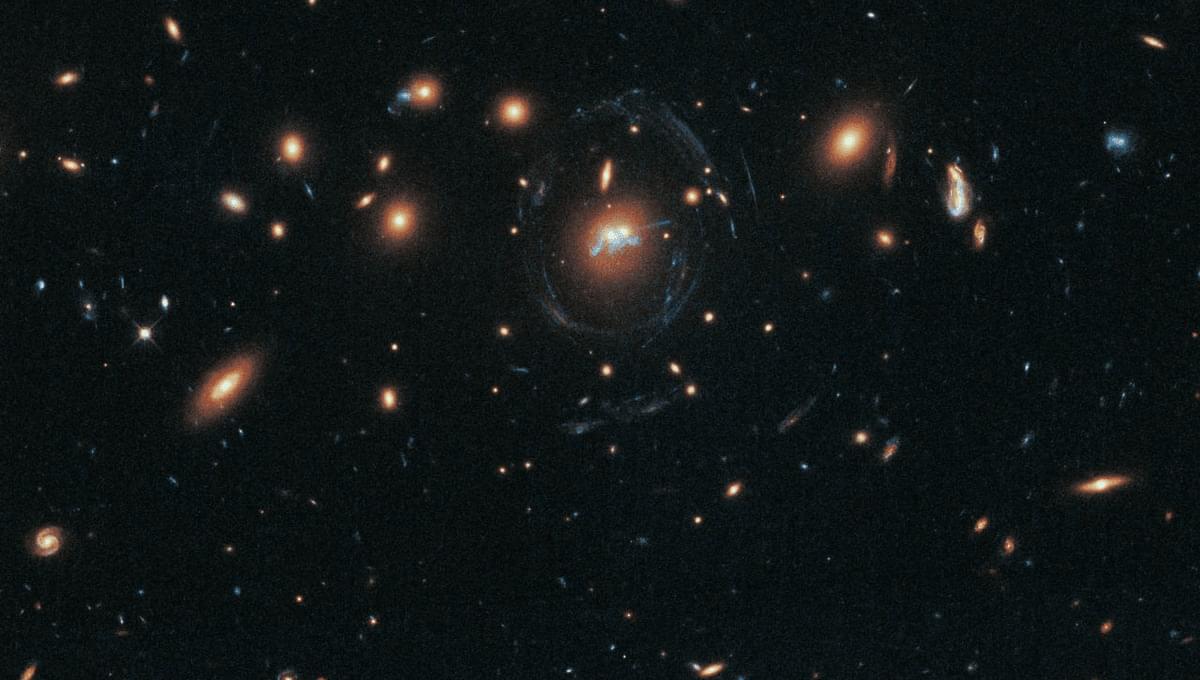
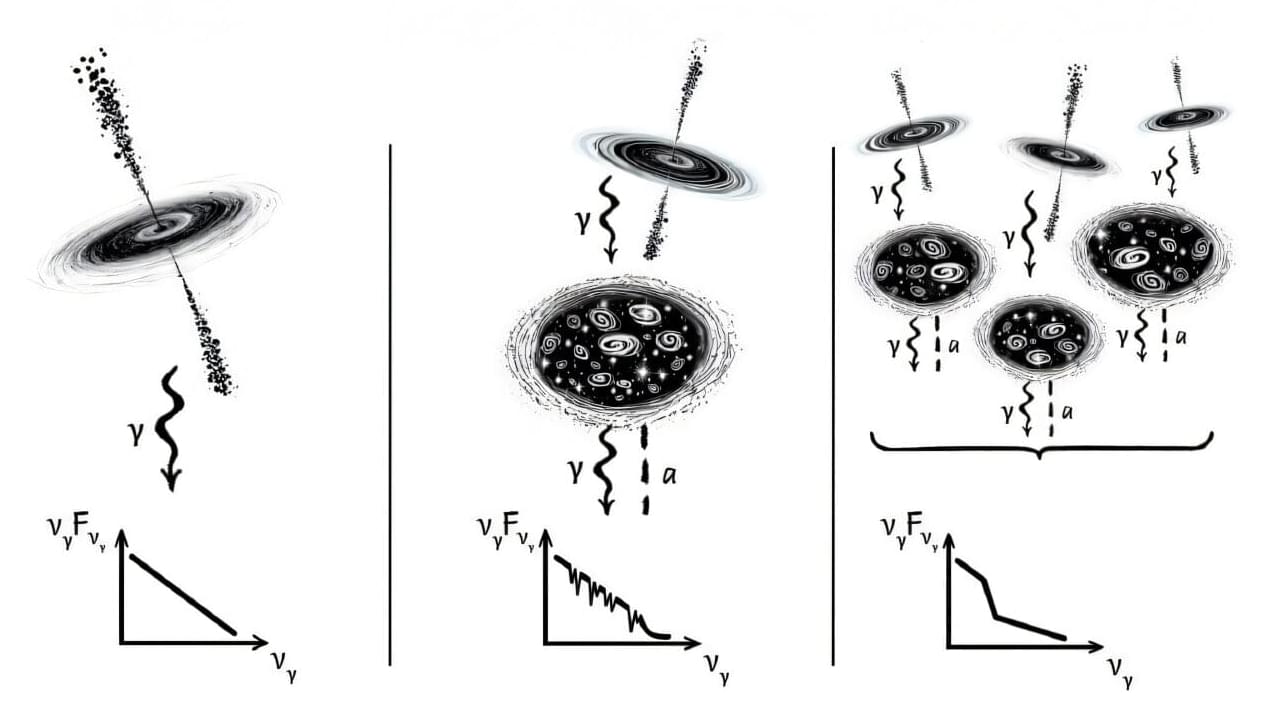
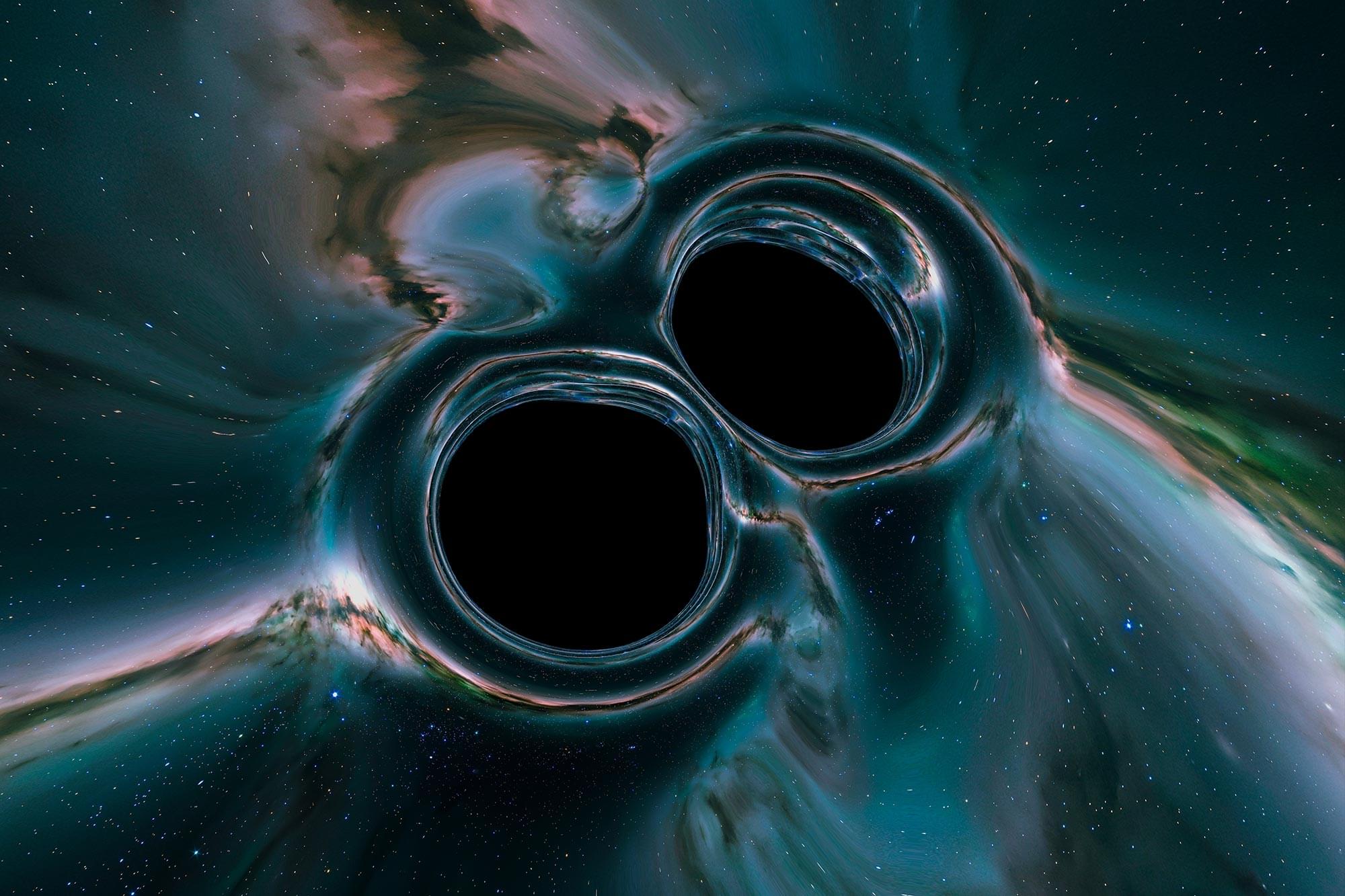

Astronomers have discovered what may be a massive star exploding while trying to swallow a black hole companion, offering an explanation for one of the strangest stellar explosions ever seen.
The discovery was made by a team led by the Center for Astrophysics | Harvard & Smithsonian (CfA) and the Massachusetts Institute of Technology (MIT) as part of the Young Supernova Experiment. The results are published in The Astrophysical Journal.
The blast, named SN 2023zkd, was first discovered in July 2023 by the Zwicky Transient Facility. A new AI algorithm designed to scan for unusual explosions in real time first detected the explosion, and that early alert allowed astronomers to begin follow-up observations immediately—an essential step in capturing the full story of the explosion. By the time the explosion was over, it had been observed by a large set of telescopes, both on the ground and from space.
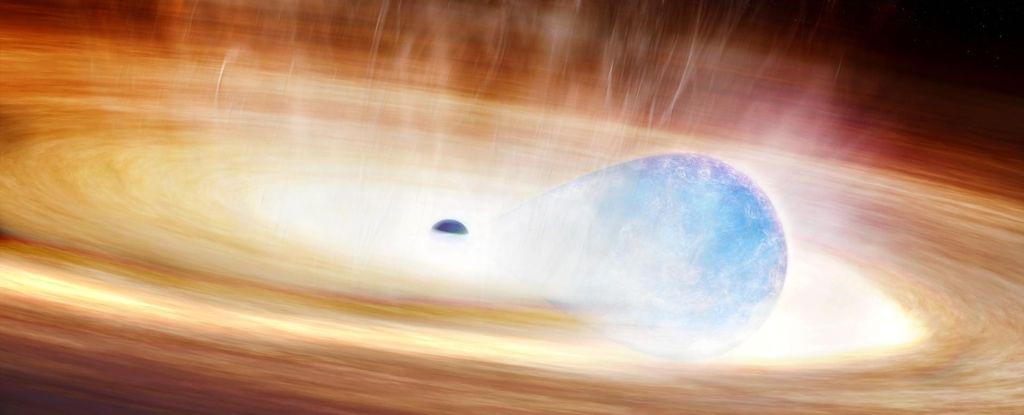
In 2023, astronomers recorded one of the most extraordinary space explosions they had ever seen.
It took place some 750 million light-years away, flaring into the detectors of the Zwicky Transient Facility on 7 July. At first, it looked just like a normal supernova – the explosive death of a star – and astronomers named it SN 2023zkd.
Six months later, a search for cosmic anomalies flagged the explosion as a little odd. A look back at data collected since its initial discovery revealed SN 2023zkd had done something really weird: it brightened again.